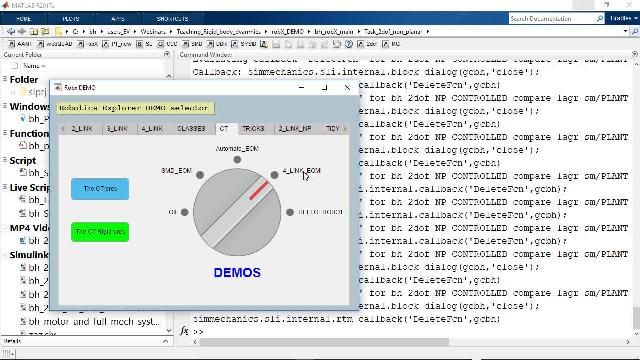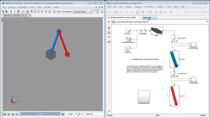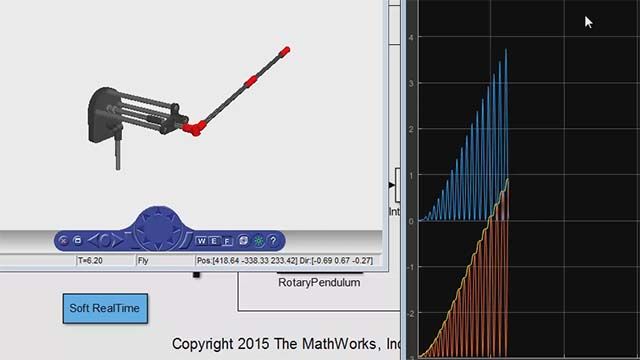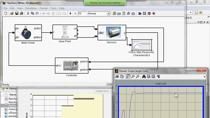Automation | Teaching Rigid Body Dynamics, Part 4
From the series: Teaching Rigid Body Dynamics
Learn more about the choices available for extending the proposed computational workflow to general multi-degrees-of-freedom systems.
Published: 30 Oct 2017





